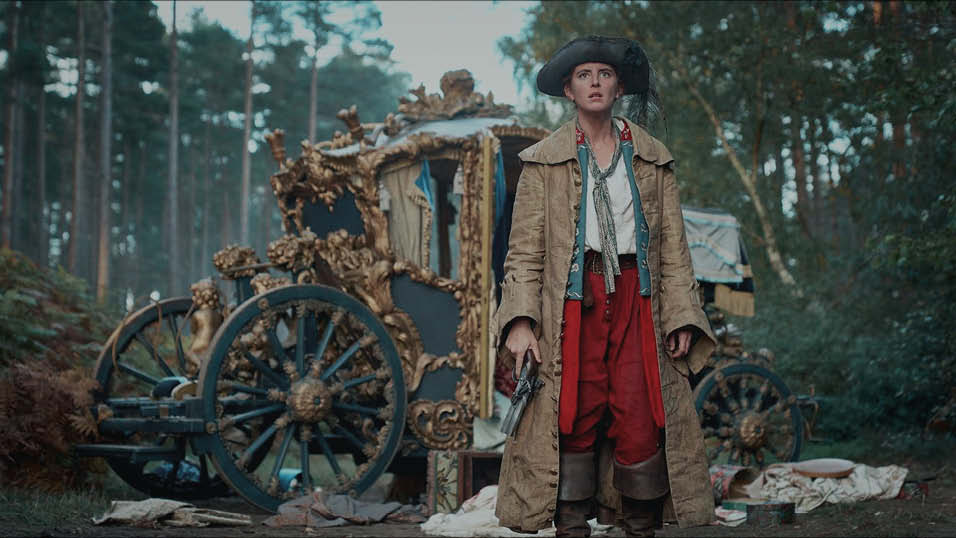Jamie Lawrence, Workflow Consultant at Films at 59, on how post production houses are coping with a world of increased storage and ever more complex workflows.
At Films at 59, we operate from two main sites in Bristol and Cardiff.
In addition to our post production services, we also offer services including camera kit hire and freelancer crews. This means we handle large amounts of footage in the form of digital files, all the way from the initial ingest process, through to editing, finishing and delivery. Our clients are based around the globe, so we are always critiquing our workflows to meet the challenges of multi-format production and cloud based working.
As tapeless technology has taken over the production process, the onward march into UHD and HDR has meant that the amount of data that we are required to store and manage has increased exponentially. Added to this, the natural, organic evolution of our editing, finishing and storage solutions meant we found ourselves managing data across disparate storage platforms, with a consequent impact on efficiency.
We also wanted to be able to automate the verification of file copies to ensure integrity of our clients’ rushes. Traditionally, this had been a manual process involving opening up the file and ensuring it was working and identical to the original. Automated tools have appeared on the market, but this is still a separate process which can be time consuming when large amounts of media are involved.
Against this backdrop, it was clear we needed to consolidate and automate aspects of our storage solution, to realise efficiency gains and reduce the amount of manual labour needed in managing data flows through our facility.
Streamlining Processes
We enlisted post production integrator Digital Garage to help us find the right tools to solve these challenges. Their extensive knowledge and understanding of the market, along with our long working relationship, meant they were able to easily understand our requirements and present us with a range of solutions they thought would fit the bill. It seemed obvious that we should look carefully at object based storage, as that seemed to be a good fit to our requirements, and would allow us to bring some structure to our data flows.
After a significant market review, we asked Digital Garage to assist us with the implementation of 528TB of Object Matrix’s Digital Content Governance platform, MatrixStore.
Once installed, this allowed us to consolidate our disparate storage solutions onto one single product. Not only does MatrixStore provide a high level of data security and integrity, it also provides us with tools that enable us to be much more efficient. With everything in one place, locating video files and associated content is quick and easy.
Object Matrix provides a data asset management tool called DropSpot, which allows us to tag objects with metadata during ingest. This metadata can then be queried at a later date, enabling instantaneous location of data. One of the main goals throughout this installation was to streamline processes and save our team valuable time. By improving the management of content during ingest, locating data becomes far more efficient throughout the post production chain.
DropSpot is also able to ingest items into the system without the need for a third-party application to carry out verification. Using MD5 as a checksum, DropSpot is capable of carrying out verifications at the time of ingest to ensure a bit-for-bit copy.
We also implemented MatrixStore Vision: a browser-based content search and collaboration tool, which enables efficient searching, uploading and downloading of data within an easy-to-navigate user interface.
Organised Structure
One constant theme in the film and television industry is that there are lots of different ways of doing things, therefore we have to have the ability to adapt workflows to suit different ways of working. For this project, whilst MatrixStore did the bulk of what we needed, we still required some custom tweaking to suit our very specific needs. The team at Object Matrix were very responsive to helping with this, first learning what those needs were and then helping adapt the solution to meet our requirements.
Making best use of the new installation also meant getting ourselves organised, with a generic folder structure that could be used across all of our projects. With around 160 storage ‘vaults’ on the system, ensuring they are all organised in the same way with the same folder template was crucial to ensure ease of discovery across those vaults. Reorganising historic content into that new structure was not an easy process, but now we are using it on a daily basis, I am definitely glad we took our time to get it right.
The Result
Ultimately, this project was about making our processes much more efficient and automated, whilst at the same time continuing to protect our clients’ valuable media assets. The result has been very efficient workflows, content that is easy to find, and a team of people freed up to focus on what they do best – producing great content!
Staff Reporter
Share this story

















